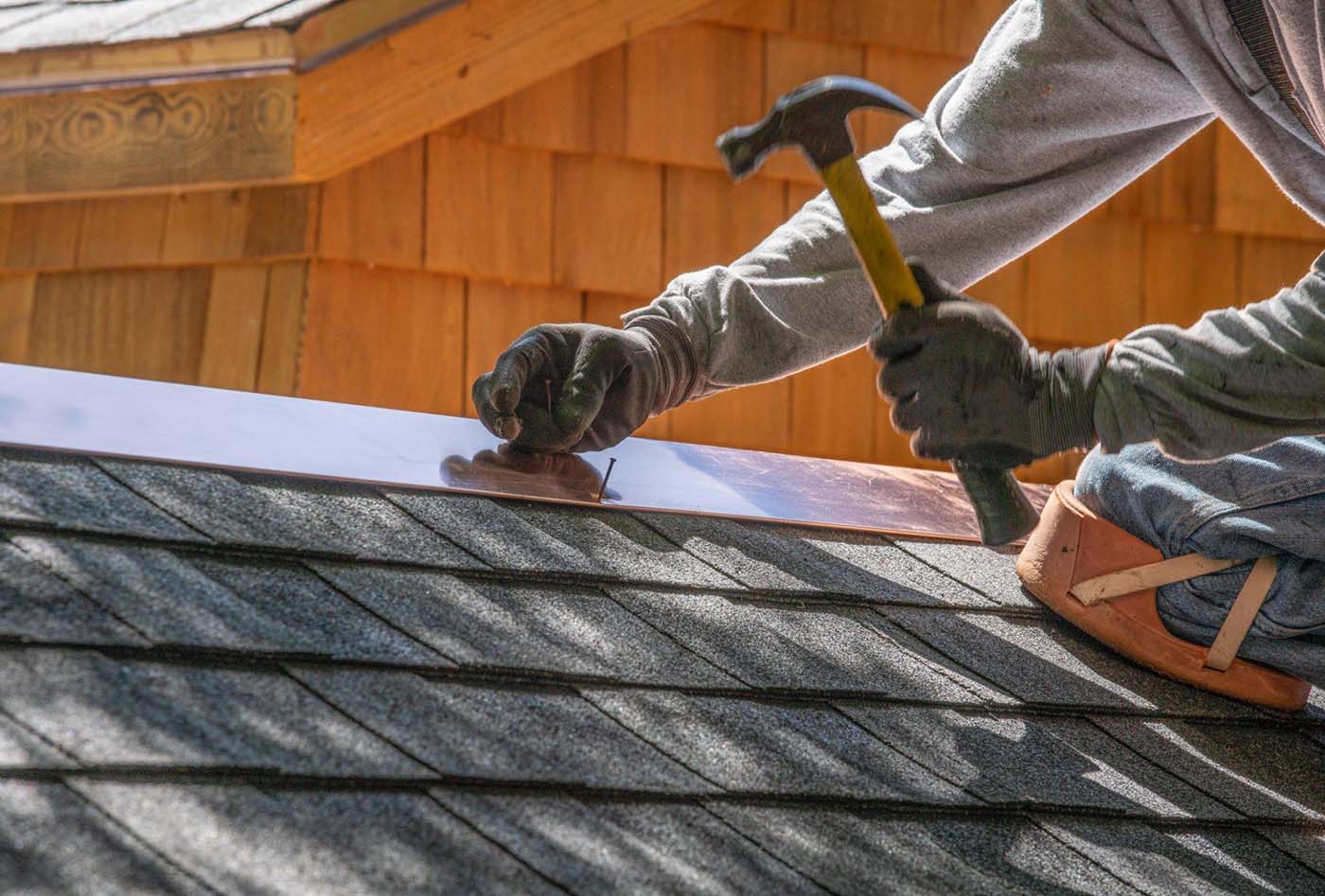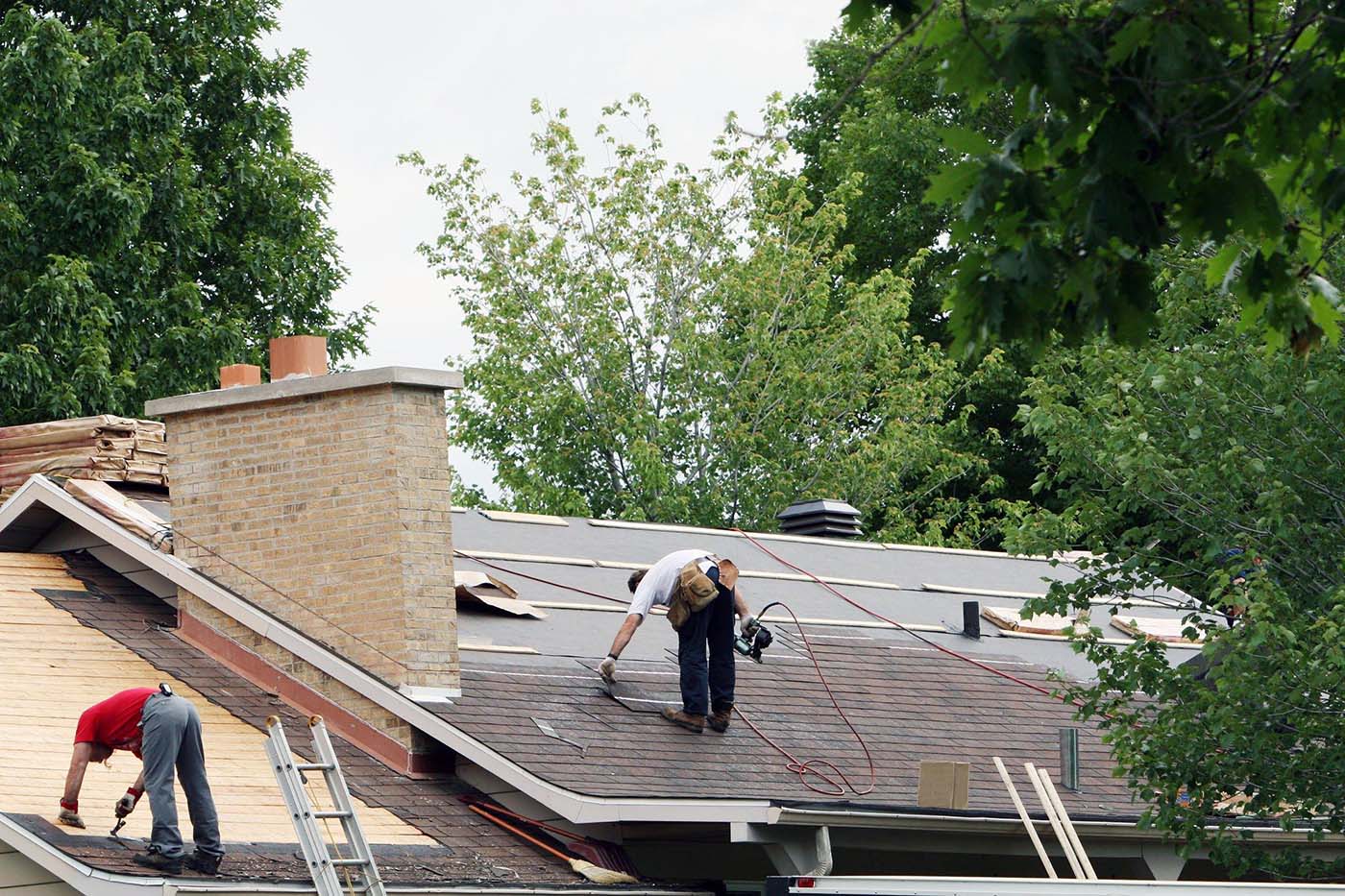This overhead protector not only shields us from nature’s extremes but also adds aesthetic charm. Yet, many homeowners forget about roof upkeep until a major problem arises. Empower yourself with these DIY tips and tricks to ensure your roof remains robust, looks its best, and saves you potentially costly repairs in the future.

Roof Inspection Basics
Every year, many homeowners face unexpected roof problems simply because they overlooked regular inspections. A keen eye and routine checks can prevent minor issues from evolving into bigger ones. Familiarize yourself with the areas of your roof, looking out for any visual discrepancies like sagging, staining, or visible damage.
As seasons change, it’s crucial to adapt your inspection routine. Before winter, ensure your roof can handle heavy snow loads; in spring, look for any winter damage. Summer and autumn should focus on cleanliness and checking for wear and tear. In case you are looking for rooftop replacements, Honest Abe Roofing has been installing, repairing, and maintaining residential roofs since 2007.
Essential Roof Maintenance Tasks
Preservation remains at the heart of every long-lasting roof. An integral aspect of this is regular cleaning. Over time, debris such as leaves, twigs, and even dead animals can accumulate, leading to moisture build-up and potential damage.
Water, often seen as life-giving, can be a roof’s silent adversary. Ensure your roofing has adequate drainage to prevent water pooling, which can lead to leaks. Slopes, even slight ones, can channel water to gutters, preventing saturation and the problems that come with it.
The environment plays a significant role in roof health. If you live in a moss-prone area, it’s beneficial to treat your roof against moss, as their growth can lead to wood rot. Similarly, homes in windy regions should have secure, wind-resistant shingles to prevent uplift.
Identifying Common Roof Problems
Awareness is the first step towards problem-solving. Roof issues, when caught early, can save heaps in repair costs. Among the prevalent issues, look out for curled or buckled shingles. These are telltale signs of potential leaks or ventilation issues.
Another common ailment roofs face is algae or mold growth. While these dark streaks might seem merely cosmetic, they can shorten your roof’s lifespan. Usually, as a result of trapped moisture, these growths signal inadequate ventilation or other moisture-related issues.
Blistering on your roof, characterized by small, elevated sections on your shingles, indicates that there’s trapped moisture or poor ventilation. Addressing the root cause will be vital in preventing further degradation.
Tools and Safety Equipment
The right tools make all the difference when it comes to roof DIY. Quality over quantity should be your mantra. Opt for a sturdy ladder that reaches beyond your roof’s edge for maximum safety. Non-slip shoes are a must, given that even a small misstep can have dangerous consequences.
While on the topic of safety, harnesses are indispensable. These not only keep you secure but also allow for a wider range of movement when working on repairs. Remember, no repair is worth a life-threatening risk.
The tools you’ll need will largely depend on the task at hand. However, having a roofing hammer, pry bar, and roofing nails can address a wide range of common issues. For specialized tasks, researching beforehand can give you a clearer picture.

DIY Roof Cleaning Techniques
Preservation often starts with cleanliness. Begin by removing loose debris using a soft-bristle brush or a leaf blower. This approach ensures your shingles aren’t damaged in the process.
Next, focus on those stubborn dark streaks often caused by algae. A mix of bleach, water, and trisodium phosphate (TSP) can be applied with a sprayer. Let it sit for about 15 minutes before rinsing it off with water, ensuring a gentle yet effective cleanse.
Lastly, consider applying a protective solution to prevent algae or moss growth. Many products on the market can be sprayed or brushed on, creating a protective layer against these unwelcome guests.
Patching Roof Leaks Like a Pro
Discovering a leak might be disheartening, but the remedy might be simpler than you think. Start by identifying the source. Often, this will be around fixtures such as chimneys or vents. Remove any damaged shingles in the area and check for signs of moisture.
Having found the troubled spot, dry and clean the area thoroughly. Use a patching compound or roofing cement to seal any gaps. Ensure it spreads beyond the problematic zone for added security.
After sealing, replace the damaged shingles with new ones. Nail them securely and use a sealant on the nails for added protection against future leaks.
Replacing Damaged Shingles
Even the sturdiest of shingles can wear out over time. Begin by lifting the edges of the surrounding shingles and removing the nails. Slide out the damaged piece, ensuring you don’t harm adjacent ones.
Once removed, slide the new shingle in its place. Nail it securely, making sure the nails are positioned correctly. To guarantee a watertight fit, apply a small dab of roofing sealant under the shingle’s corners and nail heads.
Fixing Flashing and Ventilation Issues
Flashing, those metal pieces that redirect water from areas like chimneys and vents, can rust or get damaged. When this happens, water seepage becomes a real threat. To replace, remove the old flashing, clean the area, and install the new piece, securing it with roofing nails and sealant.
Ventilation, though unseen, plays a pivotal role in a roof’s health. Blocked vents can lead to moisture buildup. Regularly check and clean roof vents. If you notice persistent issues, consider consulting a professional to optimize your home’s ventilation.
Gutter Maintenance and Repairs
Gutters, your roof’s drainage system, can be the unsung heroes of your home. Regular cleaning is essential. Use a scoop to remove debris, followed by a hose to flush out finer particles and ensure smooth water flow.
Yet, it’s not just blockages you need to watch out for. Gutters can sag or get damaged. If you notice water not draining, adjust or replace the hangers. Seal any small holes with a gutter patching kit, and for larger ones, consider a full replacement.
Final Thoughts
Our homes’ crowning glory, the roof, demands attention and care. Empowered with the right knowledge and tools, anyone can ensure their roof remains both functional and aesthetically pleasing. By embracing the wisdom of proactive maintenance and timely repairs, we can extend the life of our roofs, ensuring the safety and comfort of our living spaces for years to come.








